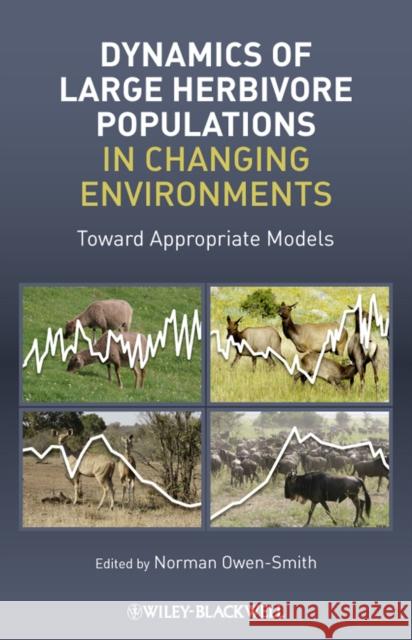Dynamics of Large Herbivore Populations in Changing Environments: Towards Appropriate Models » książka
topmenu
Dynamics of Large Herbivore Populations in Changing Environments: Towards Appropriate Models
ISBN-13: 9781405198943 / Angielski / Twarda / 2010 / 216 str.
Dynamics of Large Herbivore Populations in Changing Environments: Towards Appropriate Models
ISBN-13: 9781405198943 / Angielski / Twarda / 2010 / 216 str.
cena 707,61
(netto: 673,91 VAT: 5%)
Najniższa cena z 30 dni: 706,15
(netto: 673,91 VAT: 5%)
Najniższa cena z 30 dni: 706,15
Termin realizacji zamówienia:
ok. 30 dni roboczych
Dostawa w 2026 r.
ok. 30 dni roboczych
Dostawa w 2026 r.
Darmowa dostawa!
This text aims to reconcile theoretical models of population dynamics with what is currently known about the population dynamics of large mammalian herbivores.











